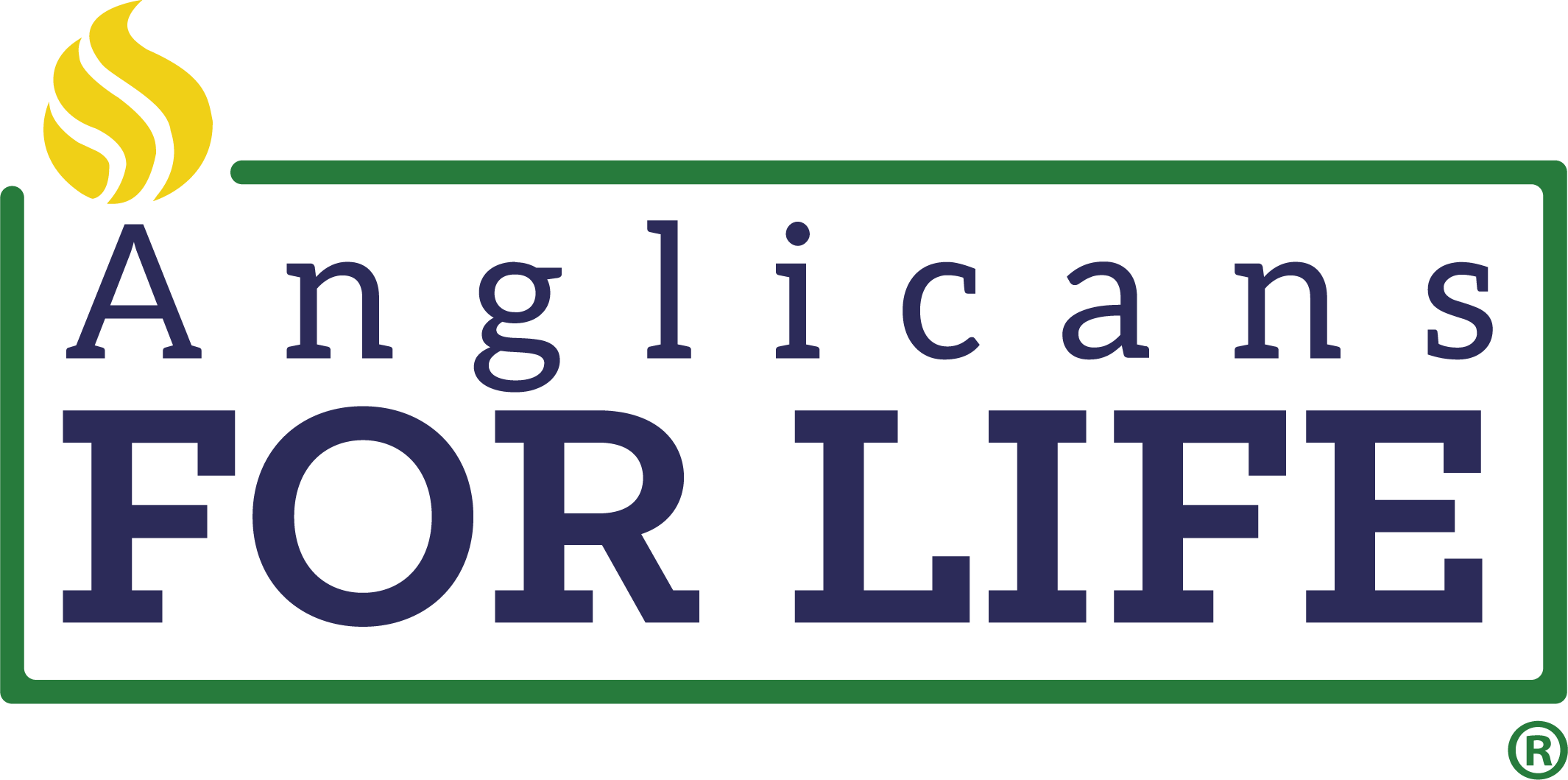By: The Very Rev. Robert S. Munday
After Jesus reads this lesson, he sits down, looks at the crowd of worshipers in the synagogue at Nazareth, and says, “Today this scripture has been fulfilled in your hearing.”
They may have thought that Jesus was another prophet like John the Baptist, announcing that the Messiah would soon come. But that is not what Jesus meant. In Luke 7:20 John the Baptist sends his disciples to ask Jesus, “Are you he who is to come, or shall we look for another?” Jesus answers indirectly by saying to John’s messengers, “Go tell John what you have seen and heard: the blind receive their sight, the lame walk, lepers are cleansed, and the deaf hear; the dead are raised and the poor have the good news preached to them. And blessed is he who takes no offense at me” (Luke 7:22–23).
So what Jesus meant in the synagogue at Nazareth was that the day of the Messiah had arrived. The hoped-for king, son of David—the Messiah, liberator, Savior, Prince of Peace—has come.
These are the marks of Jesus the Messiah: He proclaimed good news to the poor, liberty to the captives and recovering of sight to the blind. He set at liberty those who are oppressed. And, while poverty, blindness and oppression are physical afflictions, they are not only physical afflictions. Jesus said, “I came that they may have life, and have it abundantly” (John 10:10). Those of us who are followers of Christ must, first of all, help those whose lives are most vulnerable in our society to have life. And we must help those who are poor, blind and oppressed—both physically and spiritually—in order that they might be set free and experience the abundant life that Christ came to bring us.
